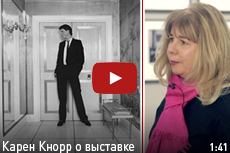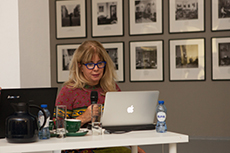British style. 1970s-1980s
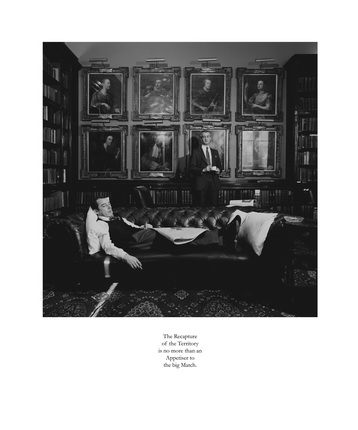
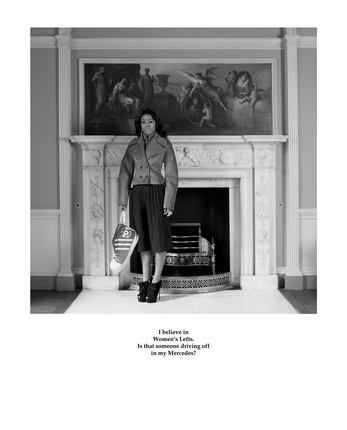
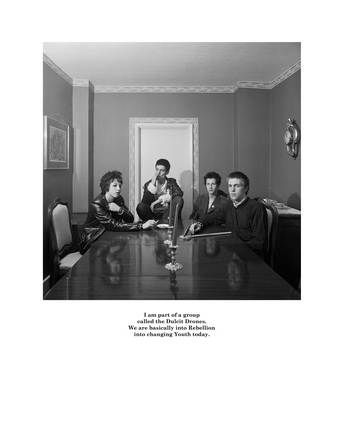
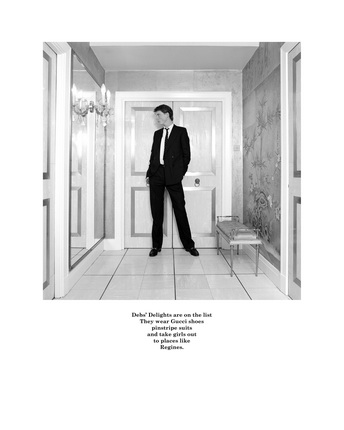
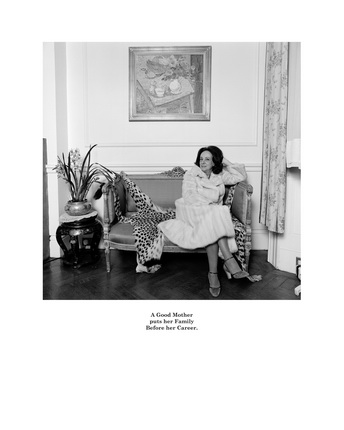
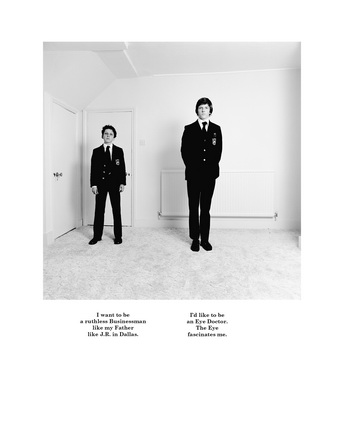
Karen Knorr. From the series 'Gentlemen'. 1981-1983. © Karen Knorr
Karen Knorr. From the series 'Ladies'. 2011. © Karen Knorr
Karen Knorr. From the series 'Belgravia'. 1979-1981. © Karen Knorr
Karen Knorr. From the series 'Belgravia'. 1979-1981. © Karen Knorr
Karen Knorr. From the series 'Belgravia'. 1979-1981. © Karen Knorr
Karen Knorr. From the series 'Belgravia'. 1979-1981. © Karen Knorr
Moscow, 11.03.2016—9.05.2016
exhibition is over
Share with friends
Curator: Olga Sviblova
For the press
Karen Knorr was born in Frankfurt am Main in 1954, raised in Puerto Rico and educated in Paris and London, where she graduated from the Polytechnic of Central London (now the University of Westminster), and completed her education at the University of Derby.
Three series are included in the exhibition: ‘Gentlemen’ and ‘Belgravia’ dating from the 70’s to 80’s, for which the photographer received international recognition, and their logical continuation, ‘Ladies’, created in 2011 in the same style as her acclaimed early series.
Karen Knorr began work on ‘Belgravia’ in 1976, when she was still a student at the Polytechnic of Central London, inspired by the ideas of Roland Barthes on different possibilities for the relationship between image and text, and also by the work of Bill Owens, Diane Arbus, and conceptual artists such as John Hilliard, Susan Hiller and Mary Kelly.
Karen Knorr was never attracted by the idea of merely working as a society photographer. When creating this series she wanted above all to reinterpret the themes of class and wealth, sacred motifs in British society. According to the author, scarcely any photographers have examined these themes from a comparable point of view since the time of Jacques Henri Lartigue, who photographed the prosperous upper class. ‘Belgravia’ was her reply to intellectual debates of the 1970’s, to what was subsequently called ‘political representation’.
When working on the series Karen Knorr included her own parents and their friends, residents in the aristocratic London neighbourhood of Belgravia, who posed for her in the interiors of their luxurious homes, glad to try on costumes and assume roles the young photographer invented for them. At the same time Karen Knorr recorded their conversations, which were then used in the photo captions. Her basic concept was that photography and text are complementary, and also allow the spectator to find a new, ironic meaning for the work.
The ‘Gentlemen’ series was shot from 1981 to 1983, in one of the oldest gentlemen’s clubs in the St. James’ area of central London. The club became a symbolic space reflecting the ideology of power exerted by men, as representatives of a privileged class.
Gentlemen’s clubs first appeared in London in the 18th century. Many of them exist to this day, carefully holding on to their traditions. For instance, you may only enter the club by invitation, and only men can become full members.
The series ‘Gentlemen’ is Karen Knorr’s ironic observation of the conservative frame of mind prevalent in English society during the 80’s, under Thatcherism. Characteristic of this period is the striking fact that Margaret Thatcher, although British Prime Minister and head of the Conservative Party, was unable to gain full membership of a conservative gentlemen’s club, the Carlton Club, by virtue of her sex.
This series consisting of 26 photographs focuses attention on patriarchal values that English upper class society is unwilling to sacrifice, whatever the circumstances. The commentaries are containing obvious allusions to English literature from the days of the British Empire. The texts are proving yet again that Great Britain is still a men’s club in which women may only obtain nominal, ‘honorary’ membership.
The idea behind the ‘Ladies’ series arose in 2011, when Pop magazine commissioned Karen Knorr to photograph a series of women’s portraits.
For the magazine’s stylist and contributing editor Vanessa Reid lined up a group of young, powerful and influential women to photograph, and the location was the Home House Club, occupying a building that once belonged to a famous aristocrat, the Countess of Home.
It was decided to use the stylistics of the earlier series by Karen Knorr, and the club decorated in neoclassical style was ideal for bringing the artistic concept to life. Texts accompanying the images were composed from replies to questionnaires Knorr sent to the models after their photo shoot.
That is how the ‘Ladies’ series came into being. The first version was published in the Autumn 2011 issue of Pop magazine (No. 25) with the title ‘Towards a Redefinition of a Lady’.
Project presented by
With the support of the US Embassy in the Russian Federation
Strategic partner of MAMM
General information partner |

